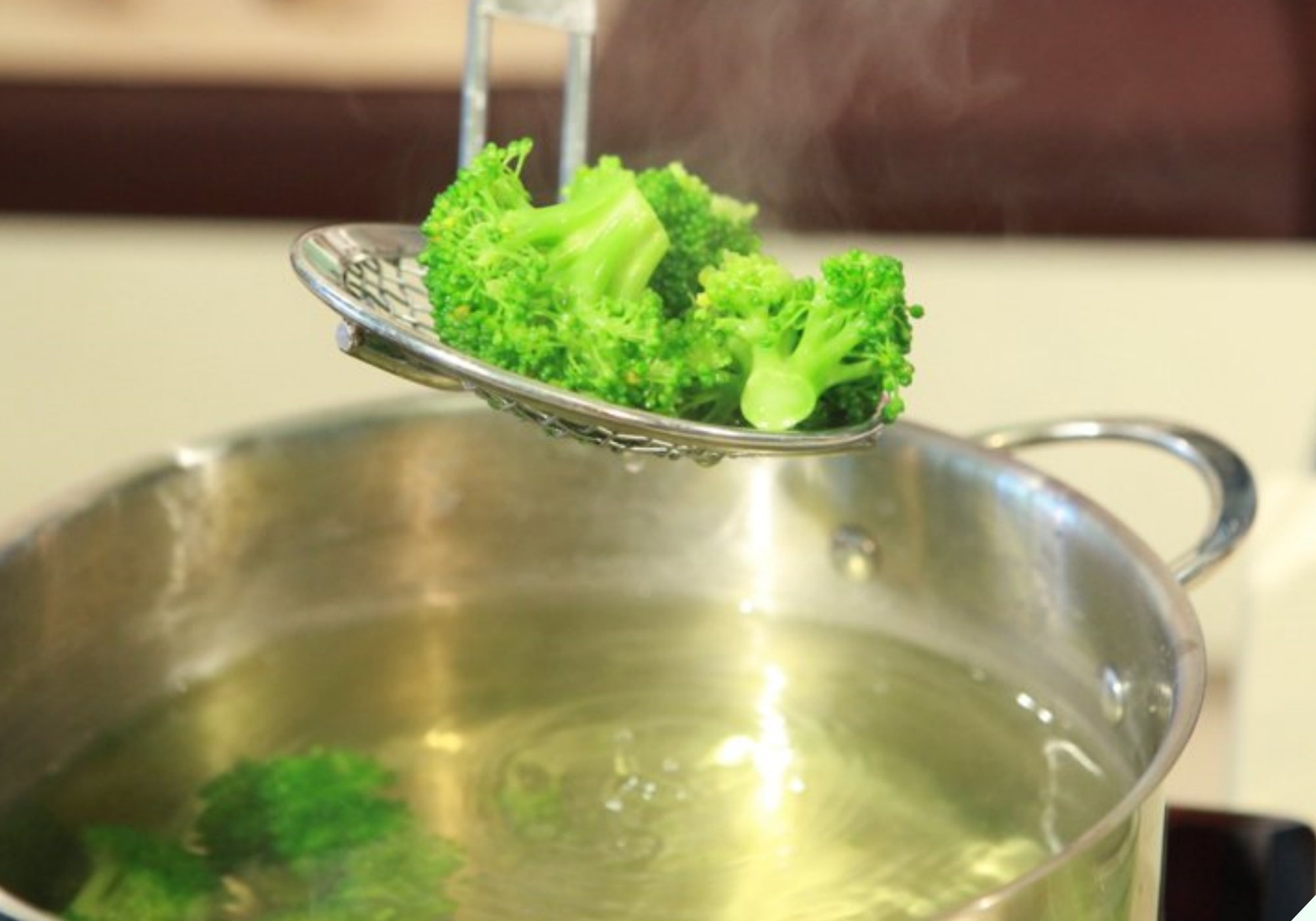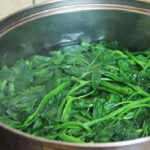
Cooking methods can cause a loss of certain nutrients, and the body may not absorb the maximum amount of nutrition from the food. Therefore, it is essential to choose an appropriate cooking method. One of the best ways to prepare vegetables is by boiling or steaming.
To ensure that the vegetables retain their nutrients, the boiling technique is crucial. Some people believe that boiling vegetables with the lid off makes them look more vibrant and green, and it also allows chemicals to escape with the steam. However, others argue that keeping the lid on while boiling is the best way to cook vegetables and preserve their nutritional value.
Should You Cover Vegetables While Boiling?
There are differing opinions on whether to cover vegetables while boiling. According to some research, it is best to keep the lid on while boiling. Leaving the lid off makes the vegetables look greener and more appealing, but it also takes longer to cook and can cause a loss of nutrients.
On the other hand, keeping the lid on helps retain more nutrients. However, the acids and chlorophyll in the vegetables will react to the heat, causing them to lose their green color and turn slightly yellow.

Don’t worry; to maintain the vibrant color of the vegetables while keeping the lid on, simply add a few grains of salt to the boiling water. Note that you should add the salt at the beginning and wait for the water to come to a full boil before adding the vegetables. Salt not only preserves the green color but also enhances the flavor of the vegetables.
Additionally, avoid overboiling the vegetables. Test for doneness and remove them from the heat as soon as they are cooked. Overcooked vegetables lose their nutrients, especially if left overnight.
How Long Does It Take for Vegetables to Boil?
The boiling time varies depending on the type of vegetable. It typically takes between 3 and 20 minutes to boil vegetables. Here are the specific times for different types of vegetables:
– Leafy vegetables like cabbage, curly kale, Chinese cabbage, and spinach take 3-5 minutes to boil.
– Harder vegetables such as broccoli, leeks, peas, and sweet corn take about 8-10 minutes to boil.
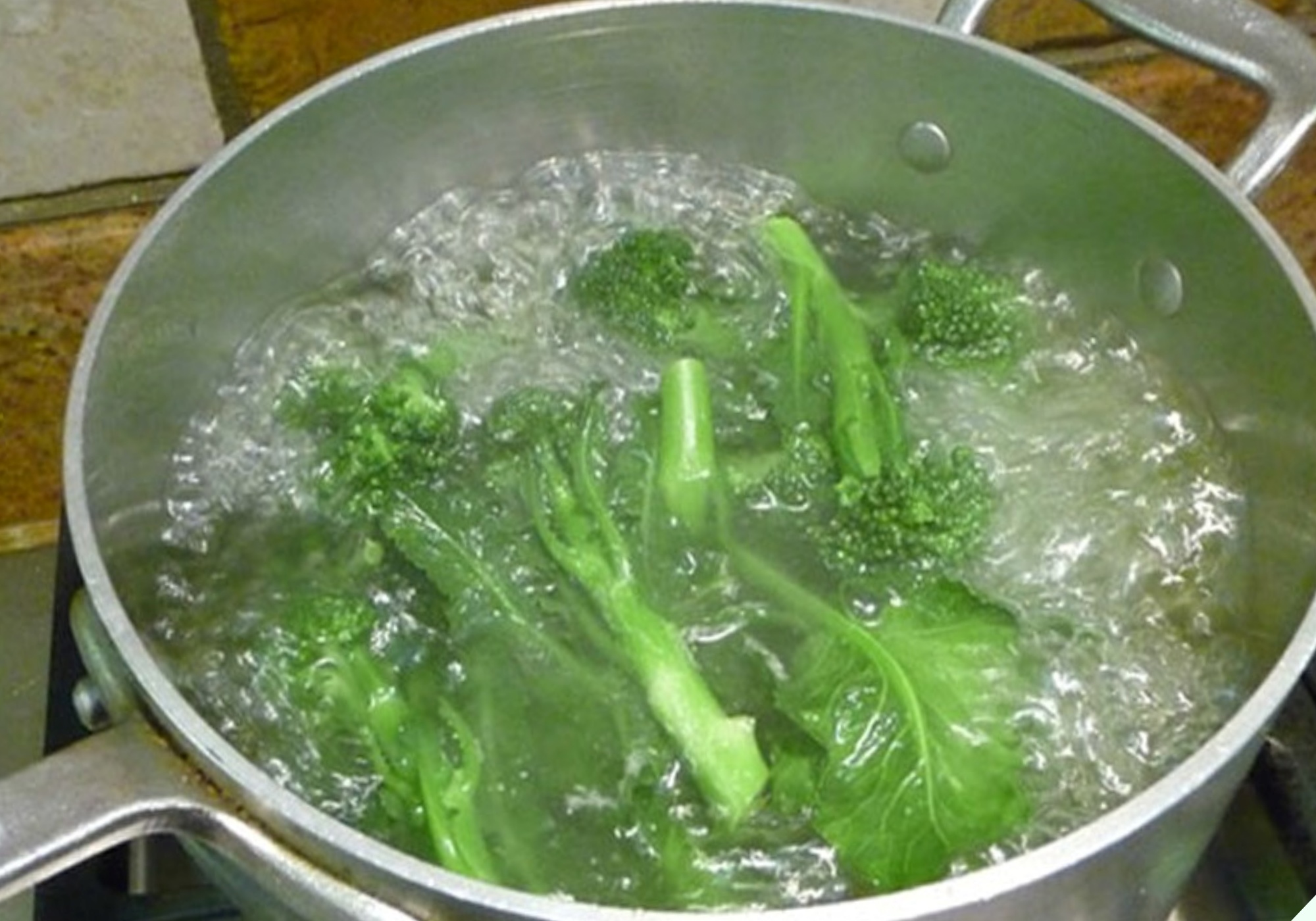
– Harder root vegetables like pumpkin, turnips, and carrots should be boiled for about 12-15 minutes.
– Starchy vegetables like potatoes and sweet potatoes take longer to boil, around 18-20 minutes.
Tips for Boiling Vegetables
When boiling vegetables, ensure you have enough water, heat, and time to cook them thoroughly and retain their nutritional value.
For larger and harder vegetables, it is advisable to cut them into smaller pieces to reduce the cooking time and preserve more nutrients.
When washing vegetables, avoid scrubbing or rubbing them too vigorously, as this can cause them to break down and lose some of their nutrients.
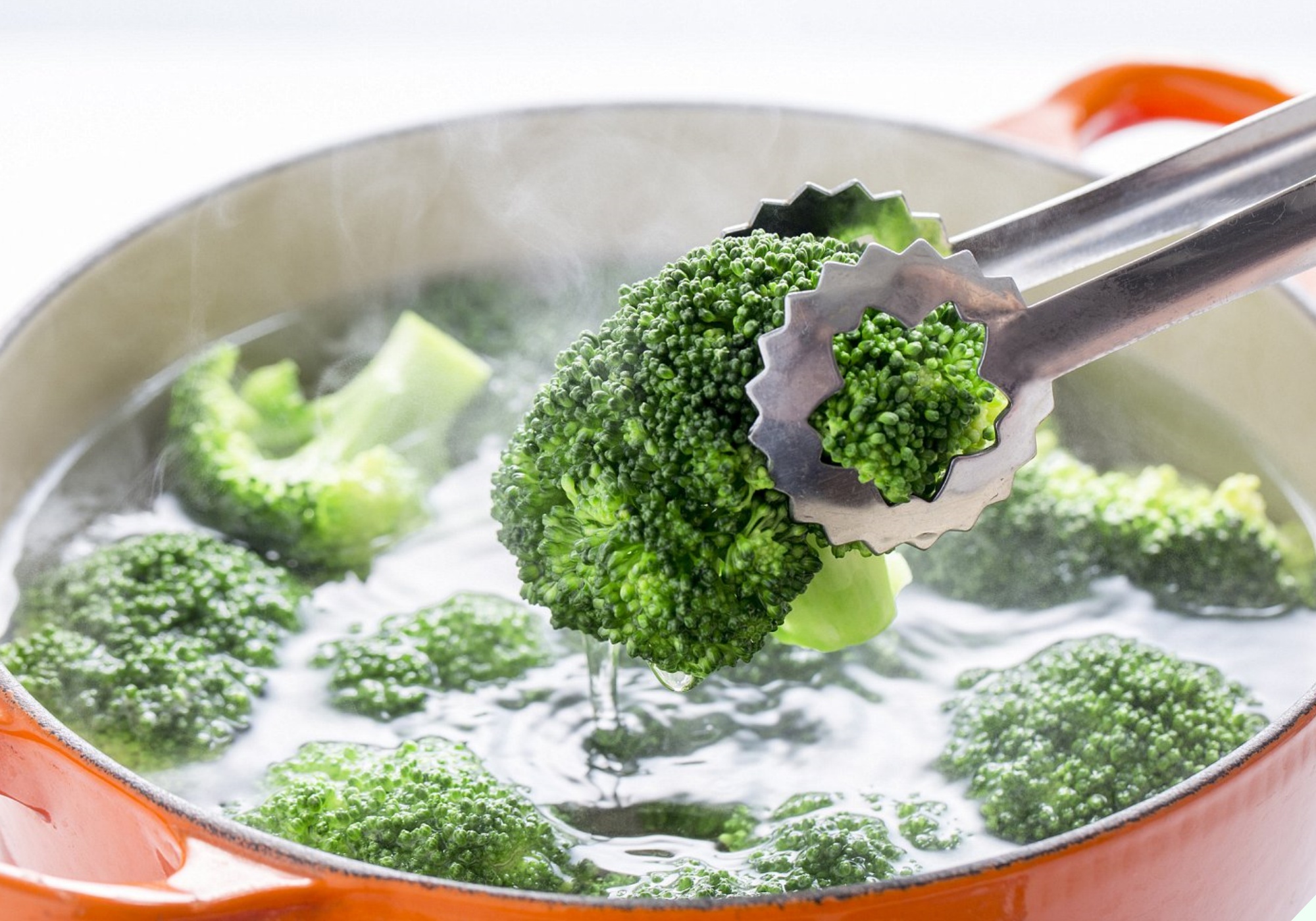
Always wait for the water to come to a full boil before adding the vegetables. Do not add them to cold water, as the insufficient temperature will cause the vegetables to lose their green color and reduce the amount of vitamin C and B1 they contain. Overcooked vegetables will also taste blander.
It is best to eat boiled vegetables immediately after cooking. Some studies show that boiled vegetables left for an hour can lose up to 25% of their vitamins, and the longer they are left, the more nutrients are lost. Vegetables left overnight will have almost no nutritional value remaining.
How to Boil Vegetables to Retain Their Green Color and Nutritional Value
1. Boil a pot of water on the stove. The amount of water should be just enough to cover the vegetables you are preparing.
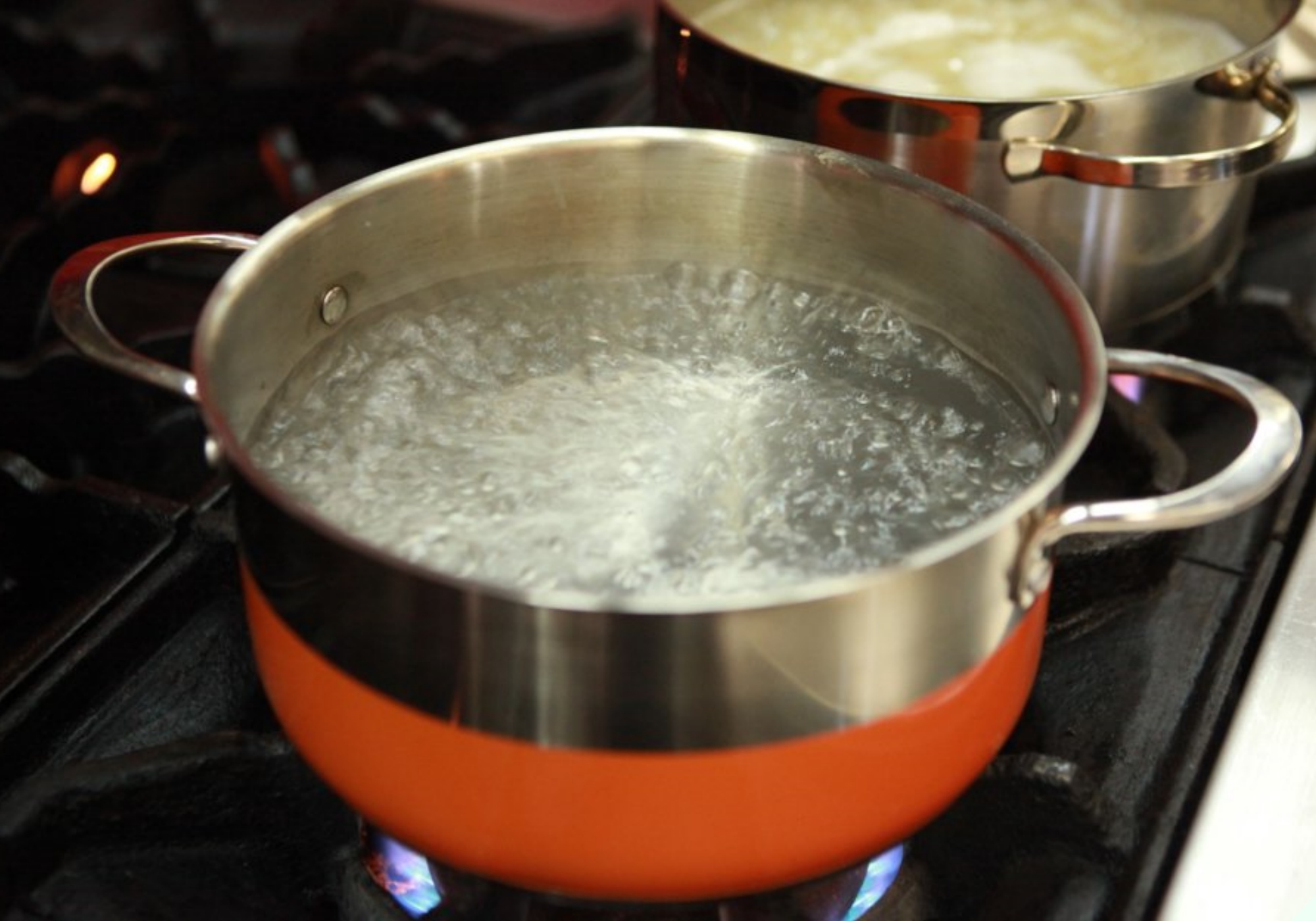
Do not use too much water, as it may cause the water to boil over. Conversely, using too little water will not be enough to cook the vegetables thoroughly. Adding water halfway through cooking will cause a rapid drop in temperature, affecting the doneness of the vegetables and causing them to lose their vibrant green color.
2. Add salt to the pot of water and stir with a spoon to dissolve. Don’t worry; the vegetables will not taste salty, and they will retain their green color.

3. Once the water is boiling, add the vegetables. Boil until the vegetables are tender but not overcooked. For broccoli, boil for about 8-10 minutes.

4. Remove the vegetables from the pot and serve.
